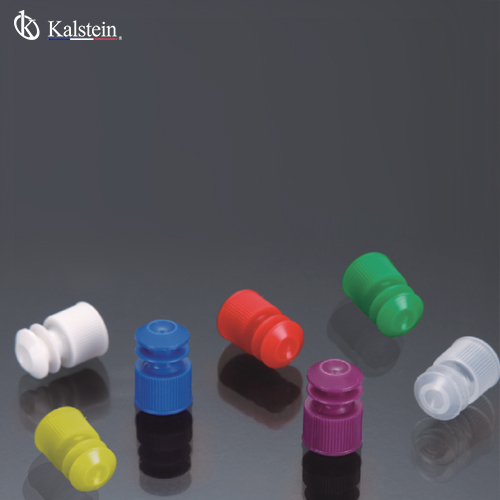In order to secure the samples when they are in laboratory tubes or flasks, you need to cover it with an item that you can easily place in the tubes mouth. This item can be a laboratory rubber. These disposable items are very common tools in chemistry laboratories with flasks and test tubes. As the rest of the laboratory ware, stoppers are a fundamental and important item when it comes to sample storage and lab organization. Can you imagine having a sample laying around without any kind of protection?
These stoppers come in up to 16 different sizes for each container there is available in the market. A rubber stopper is a small, tapered plug used to seal the openings of test tubes, flasks and other laboratory glassware. Stoppers made of cork are also available for this purpose. However, rubber stoppers are preferable for applications that require a tighter seal or a greater degree of chemical resistance.
Medical Stopper
Besides protecting a sample from any outer elements, stopper’s primary purpose is to prevent a gas or liquid from escaping its container during a scientific experiment. Rubber stoppers can also prevent the contamination of samples by protecting the contents of laboratory glassware from air. Last, the use of rubber stoppers allows experimenters to shake or mix solutions without spilling them. Stoppers can have a cylindrical and rounded shape with a tapered bottom end. Some of these stoppers come with one or two holes to allow the insertion of pipettes, tubing or test equipment, such as a thermometer.
Their diameter can range from size 000 (0.5 inches) to size 16 (5 inches) at the top. The tapered bottom end ranges from five-sixteenths to 3.5 inches. Smaller stoppers are appropriate for test tubes and similar glassware; larger stoppers are appropriate for flasks and beakers. These items can have one or more hole for plugging in tube depending on the specification of the procedures. This way it prevents the liquid chemical leaks or escape the container. In addition, it is fundamental that the rubber bung fit tightly to the container’s open.
Stoppers have some great laboratory properties
The first one is that these are very elastic items, which means that they can form a tight seal against the inside of the glassware. In addition, they have a high chemical resistance because they are very common chemistry lab ware, making them resistant to corrosive and otherwise reactive compounds. On the other hand, its impermeability gives them another great quality to keep in mind when purchasing them because it helps to prevent the escape of liquids and gases from the container. Rubber stoppers also meet requirements for low levels of coring. Coring refers to the tiny fragments of material sheared off by the needle as it penetrates the stopper or septum, which could potentially contaminate the sample inside the container.
When using a rubber stopper, we recommend you to choose the correct size for your container, since they are designed such that the t top end is wider than the bottom end. A rubber stopper will be the correct size for a flask or test tube if the bottom end is narrower than the opening of the flask or test tube, but the top end is wider. Another factor to keep in mind is that you must choose the correct numbers of holes in the stopper. Certain chemical mixtures have high volatility and can create gas pressure that can break a glass flask or test tube. For such mixtures, stoppers with holes should be used to allow the gas to escape before too much pressure builds.
In Kalstein Laboratory Equipment, we are offering you the stoppers you need in your company. Visit our catalog HERE

